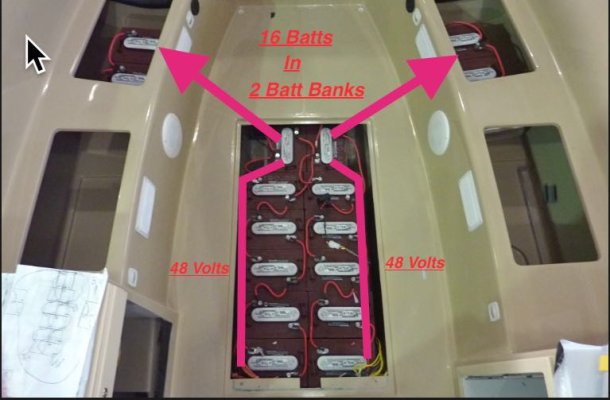sunchaser
Guru
- Joined
- Apr 9, 2008
- Messages
- 10,197
- Location
- usa
- Vessel Name
- sunchaser V
- Vessel Make
- DeFever 48 (sold)
How do you guys who have lithium batteries installed getting around the ambient temperature concerns? In other words, are you installing them in engine rooms, lazarette, or in the living space?
Heat doesn't seem to slow down the E cars in AZ. ER heat in most NA boating locations seems manageable if outside air is freely circulated. Location of course is vessel dependent but can easily be dealt with on a new build.
On the near horizon are Lithium Sulfur batteries. Testing and development work to-date has shown a temperature range of -20 to 140F with 3X the energy density. No oxygen molecules are used thus fire concerns nil. But commercial readiness is likely 5+ years off.

